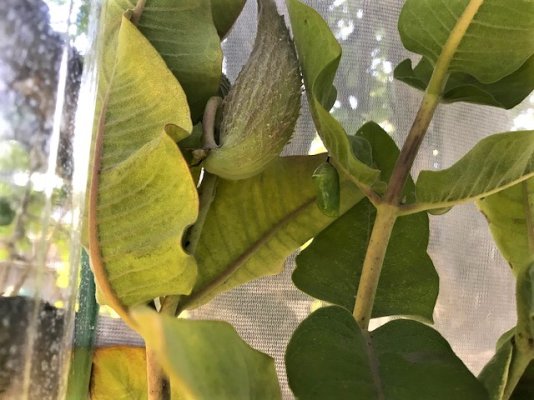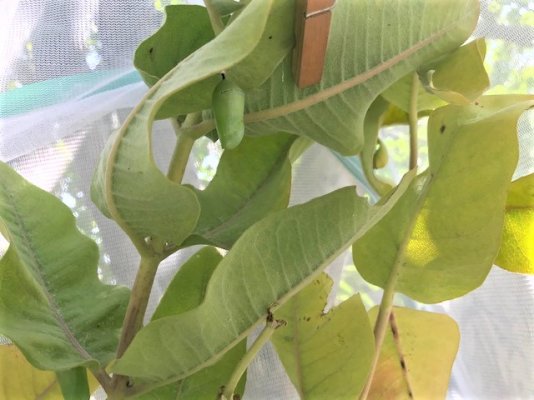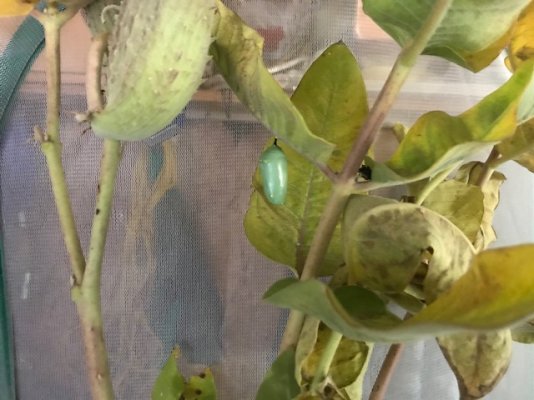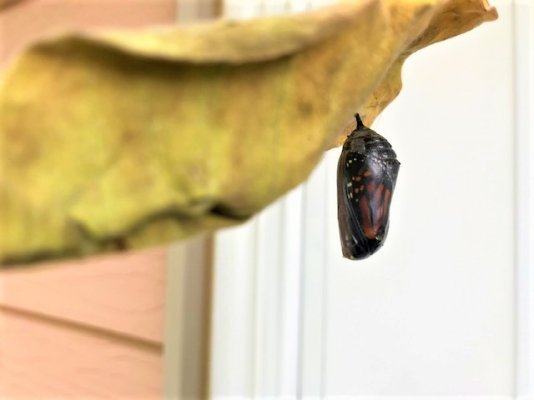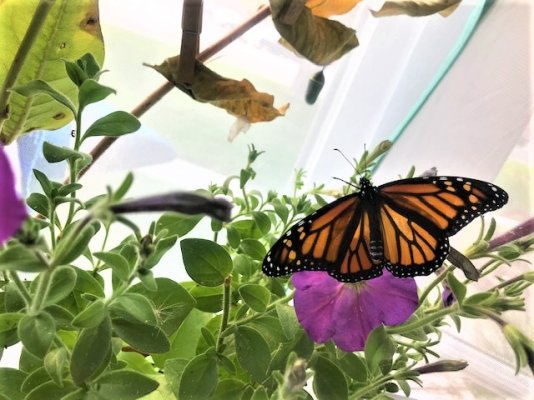Freedom2021
Dryer sheet wannabe
- Joined
- Jun 16, 2019
- Messages
- 21
We have what you might call a "naturalized" garden, all organic gardening. Every year we have monarchs, a few more this year than in the past.
I ordered a variety of milkweed seeds for the first time this spring, but then backed out when I read that certain varieties can kill horses - it is poison for them.
There is a horse farm adjacent to our property and I was terrified the seeds might end up on their property.
I might read up on all the seeds I ordered to determine if there are some that will not be poisonous to the horses.
I've counted about twelve different butterflies in our garden - my favorite is the Swallowtail, it is gorgeous and big and the Zebra, so cool looking, the tiny blue ones that like to live in the Plumbago, the Admiral because it is so pretty and friendly and will land on you, the black one with a bit of red markings and white dots that is active around dusk... the super flitty lemon yellow ones, OK - I guess I love them all.
The most exciting part is when I discover a new one I hadn't seen in my yard before. This year it was more of a moth looking black/brown one.
The most fun new visitor this year was a whole squadron of bright metallic green bee looking bees? that favored one of my African Blue Basils, strangely enough only that one bush - none of the others.
It could stay still in the air - some in squadron formation - very cool.
All the other Basil bushes are visited by and buzzing with the gentlest bees ever along with a couple of huge bumblebees that appear to be on steriods they are so big.
I ordered a variety of milkweed seeds for the first time this spring, but then backed out when I read that certain varieties can kill horses - it is poison for them.
There is a horse farm adjacent to our property and I was terrified the seeds might end up on their property.
I might read up on all the seeds I ordered to determine if there are some that will not be poisonous to the horses.
I've counted about twelve different butterflies in our garden - my favorite is the Swallowtail, it is gorgeous and big and the Zebra, so cool looking, the tiny blue ones that like to live in the Plumbago, the Admiral because it is so pretty and friendly and will land on you, the black one with a bit of red markings and white dots that is active around dusk... the super flitty lemon yellow ones, OK - I guess I love them all.
The most exciting part is when I discover a new one I hadn't seen in my yard before. This year it was more of a moth looking black/brown one.
The most fun new visitor this year was a whole squadron of bright metallic green bee looking bees? that favored one of my African Blue Basils, strangely enough only that one bush - none of the others.
It could stay still in the air - some in squadron formation - very cool.
All the other Basil bushes are visited by and buzzing with the gentlest bees ever along with a couple of huge bumblebees that appear to be on steriods they are so big.

